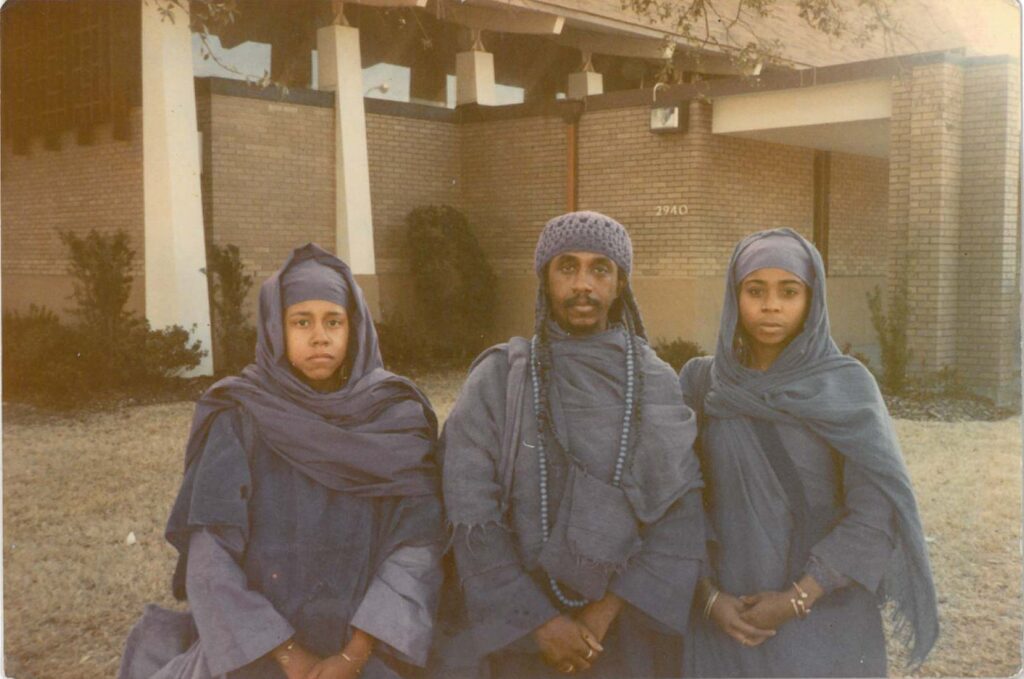A radical Christian sect in the 1790s Vermont, which might have been the precursor to Mormonism
The New Israelites were a radical religious group founded in the late 1790s by Nathaniel Wood in Middletown, Rutland County, Vermont. Originally a member of the Congregational Church, Wood was excommunicated in 1789, prompting him to start a new movement that consisted primarily of his family and close relatives. The sect was influenced by the Newent Separates of Norwich and the teachings of Rev. Joel Benedict, adopting a belief system that they were the literal descendants of the Biblical Israelites, specifically the Ten Lost Tribes of Israel.
Members of the New Israelites adhered to a strict dietary regime derived from the Law of Moses and engaged in practices such as speaking in tongues and prophecy. They were known for their use of divining rods for treasure hunting and revelation, which often raised suspicions of counterfeiting among local communities. This practice linked them to magical traditions and biblical restorationism, as they also undertook the construction of a temple and sought buried treasure in Vermont to finance the paving of the streets of a new Jerusalem.
A pivotal moment in the sect’s history was the prophecy by Nathaniel Wood of a “Destroying Angel” who would bring apocalyptic destruction on January 14, 1802. This prediction alarmed the local community, leading to the militia being called out in Middletown. The armed militia fired their weapons to disperse the group in an incident known as the “Wood Scrape.” After this confrontation, Wood and his followers relocated to Ellisburg, New York, where the sect eventually disbanded.
The New Israelites are noted for their speculated connections to early Mormonism. Historical accounts suggest that Joseph Smith, Sr., the father of Mormon prophet Joseph Smith, Jr., and William Cowdery, father of Book of Mormon witness Oliver Cowdery, might have had ties to the New Israelites. The sect’s practices, particularly their focus on divination and treasure hunting, are thought to have influenced early Mormon beliefs and practices. Although conclusive evidence linking them directly to the sect is limited, the potential connection remains a topic of historical inquiry.
image via New England Historical Society




